Buy/Drive/Burn: Basic American Compact Coupes From 1998

The Buy/Drive/Burn series has taken on a late Nineties theme lately: Our last two entries represented midsize sedans from 1997. Based upon a suggestion in the comments, we return once more to the period. On offer today are three very basic American compact coupes from 1998.
Note: We’re using 1998 as there was no two-door Escort model at all in 1997.
Chevrolet Cavalier
The faithful Cavalier is in its third generation in 1998, after a debut in 1995 on the same J-body platform it’s used since 1981. It’s even on sale now in Japan as a Toyota! Cavalier is GM’s best-selling car this year and is available in coupe, sedan, and convertible forms. The coupe is available in Base, RS, and sporty Z24 guises, but today we’ve opted for the Base. Spending $11,700 nets us a 2.2-liter inline-four good for 115 horses, paired to a five-speed manual.
Dodge Neon
The Neon has been with us since 1994 and still looks as fresh as ever. A new face to replace Chrysler’s dated K-car offerings, the Neon is available as a sporty coupe or slightly less sporty sedan. Unusual in the class, Neon features stylish frameless windows in both its forms. The coupe is available in base Competition and Highline trims and asks for $11,100 as a Competition. At that price, you’ll receive a class-topping 150-horse 2.0-liter inline-four, paired to a five-speed manual.
Ford Escort ZX2
The Escort was new in 1997 but had no two-door availability at that time as Ford waited for the Probe to finish out its last year. 1998 sees the debut of the new ZX2 model, which carries the sales expectations of Probe and Escort GT simultaneously. ZX2 is lower and more aggressive-looking than its sedan and wagon counterparts, with a unique front and rear clip. Two lamely named trims of ZX2 are on offer: Cool and Hot. All examples are powered by a 2.0-liter inline-four of 130 horses, and the base Cool asks $11,580 with a five-speed manual.
As cheap as can be, and all better than any compact available for purchase a decade prior, which one is worth a Buy?
[Images: GM, Chrysler, Ford]

Interested in lots of cars and their various historical contexts. Started writing articles for TTAC in late 2016, when my first posts were QOTDs. From there I started a few new series like Rare Rides, Buy/Drive/Burn, Abandoned History, and most recently Rare Rides Icons. Operating from a home base in Cincinnati, Ohio, a relative auto journalist dead zone. Many of my articles are prompted by something I'll see on social media that sparks my interest and causes me to research. Finding articles and information from the early days of the internet and beyond that covers the little details lost to time: trim packages, color and wheel choices, interior fabrics. Beyond those, I'm fascinated by automotive industry experiments, both failures and successes. Lately I've taken an interest in AI, and generating "what if" type images for car models long dead. Reincarnating a modern Toyota Paseo, Lincoln Mark IX, or Isuzu Trooper through a text prompt is fun. Fun to post them on Twitter too, and watch people overreact. To that end, the social media I use most is Twitter, @CoreyLewis86. I also contribute pieces for Forbes Wheels and Forbes Home.
More by Corey Lewis
Latest Car Reviews
Read moreLatest Product Reviews
Read moreRecent Comments
- MaintenanceCosts Nobody here seems to acknowledge that there are multiple use cases for cars.Some people spend all their time driving all over the country and need every mile and minute of time savings. ICE cars are better for them right now.Some people only drive locally and fly when they travel. For them, there's probably a range number that works, and they don't really need more. For the uses for which we use our EV, that would be around 150 miles. The other thing about a low range requirement is it can make 120V charging viable. If you don't drive more than an average of about 40 miles/day, you can probably get enough electrons through a wall outlet. We spent over two years charging our Bolt only through 120V, while our house was getting rebuilt, and never had an issue.Those are extremes. There are all sorts of use cases in between, which probably represent the majority of drivers. For some users, what's needed is more range. But I think for most users, what's needed is better charging. Retrofit apartment garages like Tim's with 240V outlets at every spot. Install more L3 chargers in supermarket parking lots and alongside gas stations. Make chargers that work like Tesla Superchargers as ubiquitous as gas stations, and EV charging will not be an issue for most users.
- MaintenanceCosts I don't have an opinion on whether any one plant unionizing is the right answer, but the employees sure need to have the right to organize. Unions or the credible threat of unionization are the only thing, history has proven, that can keep employers honest. Without it, we've seen over and over, the employers have complete power over the workers and feel free to exploit the workers however they see fit. (And don't tell me "oh, the workers can just leave" - in an oligopolistic industry, working conditions quickly converge, and there's not another employer right around the corner.)
- Kjhkjlhkjhkljh kljhjkhjklhkjh [h3]Wake me up when it is a 1989 635Csi with a M88/3[/h3]
- BrandX "I can charge using the 240V outlets, sure, but it’s slow."No it's not. That's what all home chargers use - 240V.
- Jalop1991 does the odometer represent itself in an analog fashion? Will the numbers roll slowly and stop wherever, or do they just blink to the next number like any old boring modern car?
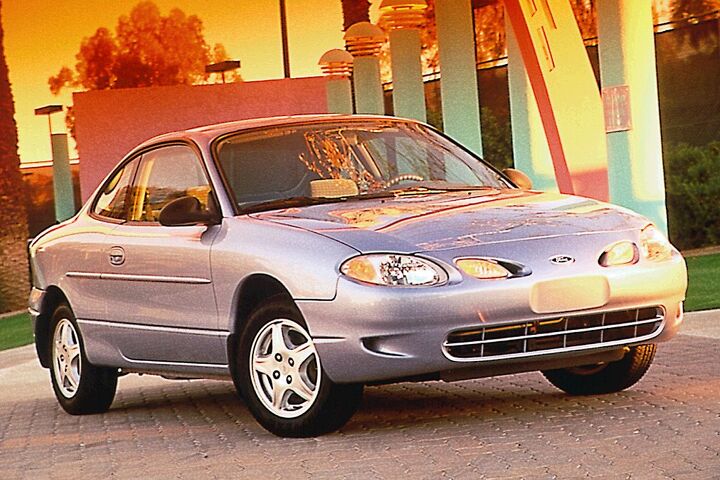




















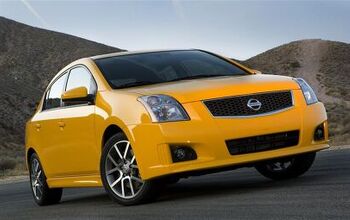
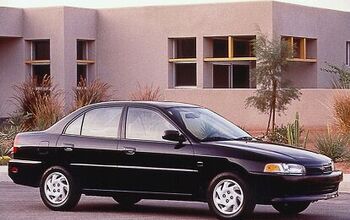
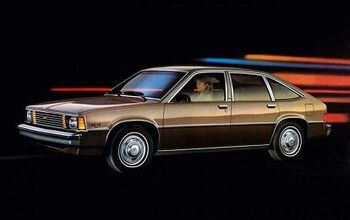









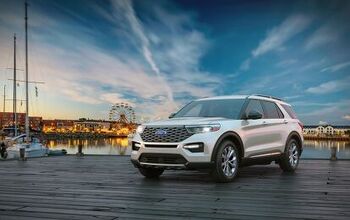
Comments
Join the conversation
I had a Pontiac Sunbird Turbo and a Dodge Omni GLH. Throwaway cars, both, but they were also both big steps forward from what had been available in the last half of the 70's. The Sunbird Turbo I had I recall 165hp. I believe there was one year when the Corvette has a base V8 that was 165hp.
I have driven all of these more or less. Escort ZX2 1.9 5-Speed was a friend of mine's. Neon R/T DOHC high school buddy's girlfriend's car. Cavalier (albeit later with the ECOTEC) 4-Speed automatic. DRIVE the Neon. It has the BEST power, handling, and looks of all three. Legendary on SCCA Circuits. Hell, it still looks modern today! A bit buzzy, but a great drive. Be prepared for head gasket, timing belt, and frameless window problems though! If only Chrysler hadn't cheaped out on some of those key components. 3-Speed TorqueFlite? Why, great durability compared to the atrocious 4-Speed electronically controlled UltraDrive units! Besides, Toyota used a 3-Speed automatic in the Corolla until at least 2001 so I don't want to hear the transmission gear number as any kind of demerit. BUY the Escort ZX2. My friend never had any severe mechanical problems with hers all the years she had it. I recall the HVAC system didn't work right or something to that effect. At least it had heat in the winter. Decent manual transmission, decent fun to drive. The "thinnest" feeling of all three here though, and victim of Ford's stupid and atrocious "Everything Oval" design era. BURN the Cavalier. Finishing out eventually after 24 years on the SAME J-Body platform?! I don't care what updates it received. Every update made the Cavalier dopier, dumpier, and more clownish. Coarse OHV I4's until the ECOTEC came along. Limp, flimsy feeling structure. I don't care how durable they are. Those 2.2 OHV's have some difficult maintenance items. Everything seems so... mushy and flaccid. Highly indicative of GM's small car and small car customers disdain. The 2.2 ECOTEC has good power and durability, but unpleasant, rattling coin engine note at some RPM's and throttle openings.